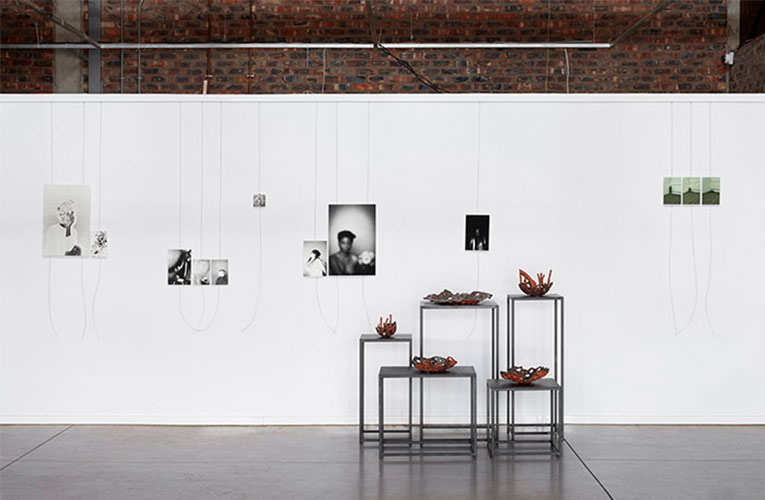Seeing what I saw on exhibition this week
This group exhibition currently is on at Berman Contemporary Gallery at Rand Steam Shopping Centre in Richmond, Johannesburg. It is titled Do you see what I see: Things aren’t always as they seem, November 6-Devcember 5, 2021.
By Edward Tsumele, CITYLIFE/ARTS Editor
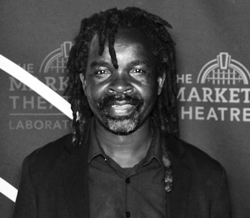
This week on Tuesday, November 16, 2021, I happened to be around Richmond, a small suburb South West of Johannesburg that seems to be struggling with its own identity. For example, is it in Auckland Park, Melville or Parktown West or Milpark in Johannesburg? This tiny suburb could actually be in any of these pockets of Johannesburg North West. Actually not that very far from Johannesburg CBD, but yet also far from it, demographically speaking.
While the debate about Richmond could go on and on among Joburgers as to where exactly it is situated in terms of its location in reference to the above neighbouring pockets, I was however not confused about what I saw on the white walls of Berman Contemporary Gallery at Rand Steam shopping centre in Richmond: I saw the work of fresh, young contemporary visual voices that are waiting to be noticed by the art market.
You may yet not know these artists exhibiting there who work in various media, such as photography, textile, painting and even multi-media, but pretty soon, you are bound to hear about them.
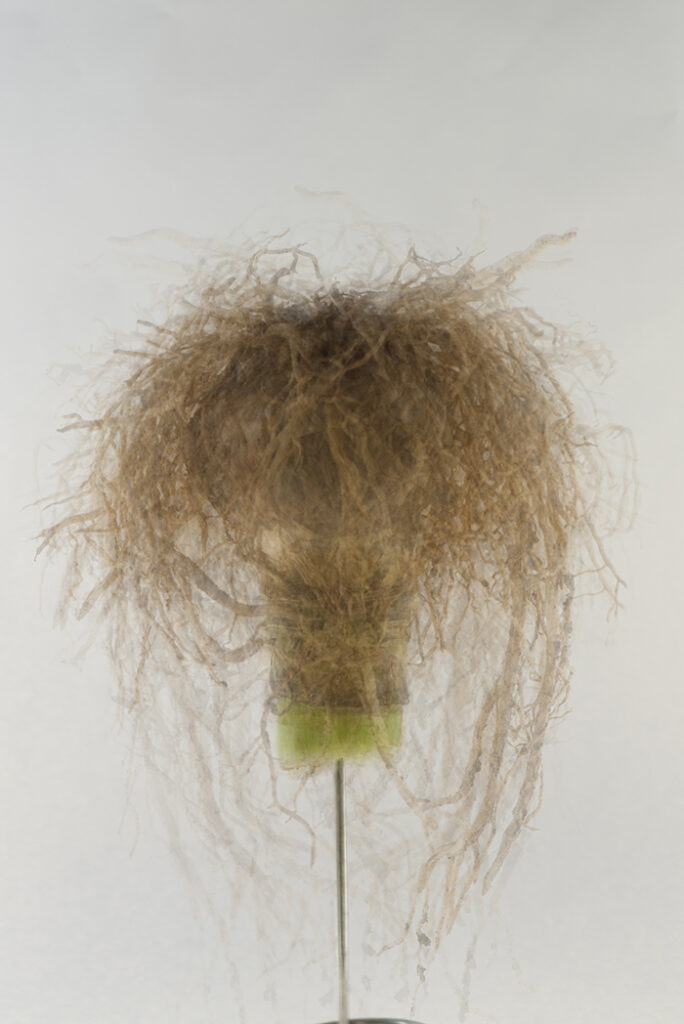
It is so ironic that this group exhibition goes by the title Do you see what I see: Things aren’t always as they seem, and yet when I put my foot into the gallery, my attention was caught by Tré Makhabela’s rather quite interesting art work, mainly in the medium of photography, and I immediately thought, well, here is yet another young artist that the art market needs to watch out for. Pretty soon. His works of photography and some in the multi-media genre, crafted mainly of found objects, such as flowers and even a pealed banana he apparently saw in the streets, photographed and turned it into a beautiful art pieces, I found quite eye catching. They are so beautiful and some of you still with some cash during these Covid-19 battered days, may even consider collecting. His work is quite refreshing to look at. And that is what I saw in Mkhabela’s body of work on exhibit in this gallery. He is certainly, a promising young artist, whose future looks bright.
He however is not the only one as all the artists in this exhibition, honestly speaking, are a bright spark on the South African contemporary art scene. In fact the curator told me that almost all these wonderful works were created during the dark period of hard lockdown, and therefore, in many ways, these works could be said to be a collective product of serious individual self introspection by each artist as they contemplated their future in an uncertain world, whose natural orbit has been disturbed by a tiny, invisible, but potential fatal virus, a threat to our existential certainties of the present and future.
In other words, in a way answering the question framing this exhibition, I saw a future in art for these participating young artists.
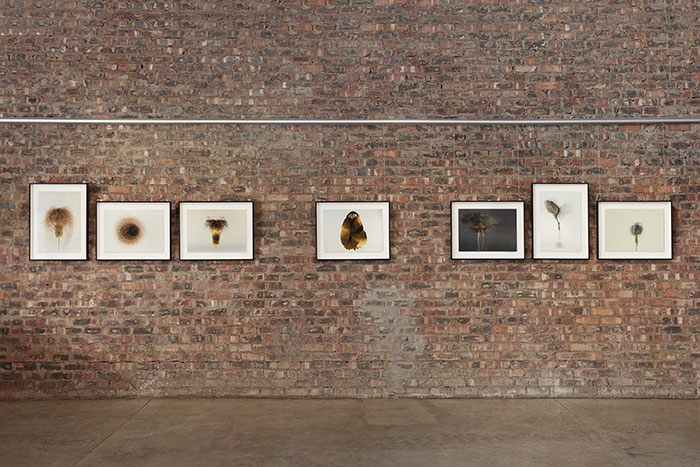
But well, maybe it is just me and just like the quotation that curator of this exhibition Els van Mourik, who travelled all the way from her Netherlands base to curate this show, included in her curatorial note about the exhibition: “We only see what we have learned to see”, quoting from Philippe Descola (age 72 years) – French anthropologist, maybe I saw what I have learned to see. But believe me you, this exhibition is worth visiting, especially for those looking for fresh talent in visual art.
Well, here is what Mourik says about this exhibition in her curatorial note in her own words: “An exhibition does not have to tell a full story. It has to hold your attention, sometimes in the form of a question, such as: “Do you see what I see?”. It can be ambiguous – something is described, yet you are not sure what it means or what you are looking at (more than one possible interpretation can be applied). Ambiguity is an important quality in art, because it can keep you, the viewer, wondering and interested.
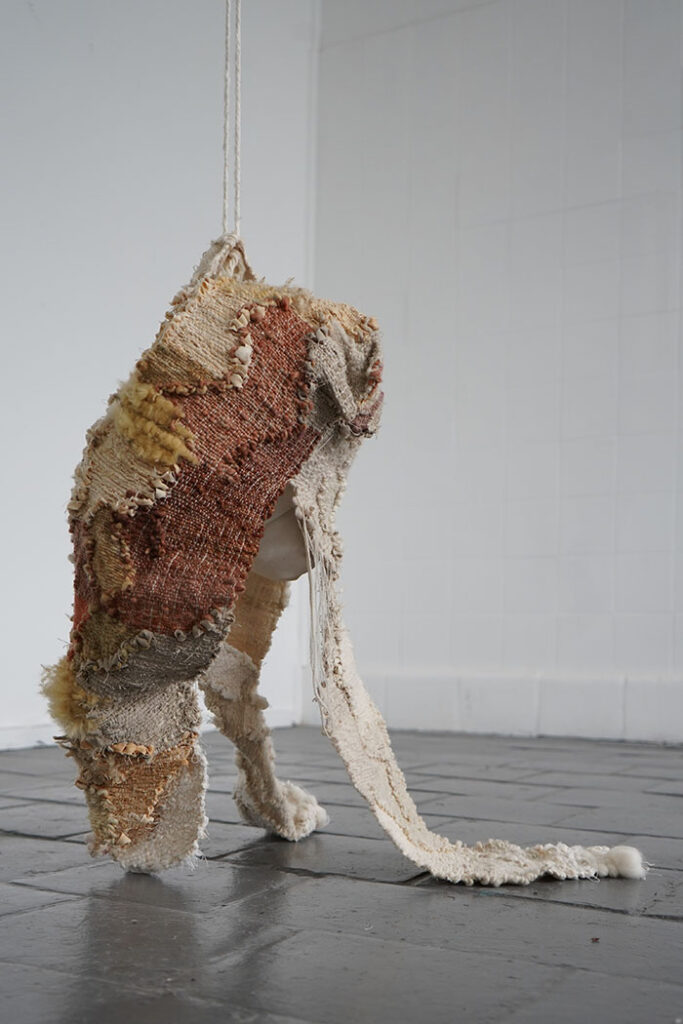
There are as many facets to an artwork as there are witnesses. A work of art shows you everything except the meaning of it, but what happens when we spend five minutes, fifteen minutes, an hour, or an afternoon really looking at an artwork in detail? This is what they call ‘slow looking’. It is an approach based on the idea that, if we really want to get to know a work of art, we need to spend time with it.
Slow looking is not about curators, historians, or even artists telling you how you should look at art. It is about you and the artwork, allowing yourself time to make your own discoveries and form a more personal connection with it. Remember, it is not rude to stare at art. This exhibition features six artists that bring forward a wide range of media, such as installation, sculpture, fabrics, moving image, drawing, clay, collage, and painting.
So, let us start by looking at what is there.
What medium or material is it that Tré Makhabela or Gina van der Ploeg are using – photograph, painting, print, textile, found objects? Does it look rough and quick? Shiny? Carefully made? Thrown together? Both artists have made some very deliberate decisions about the materials, style and approach, which will feed directly into the overall feel and meaning of their work.
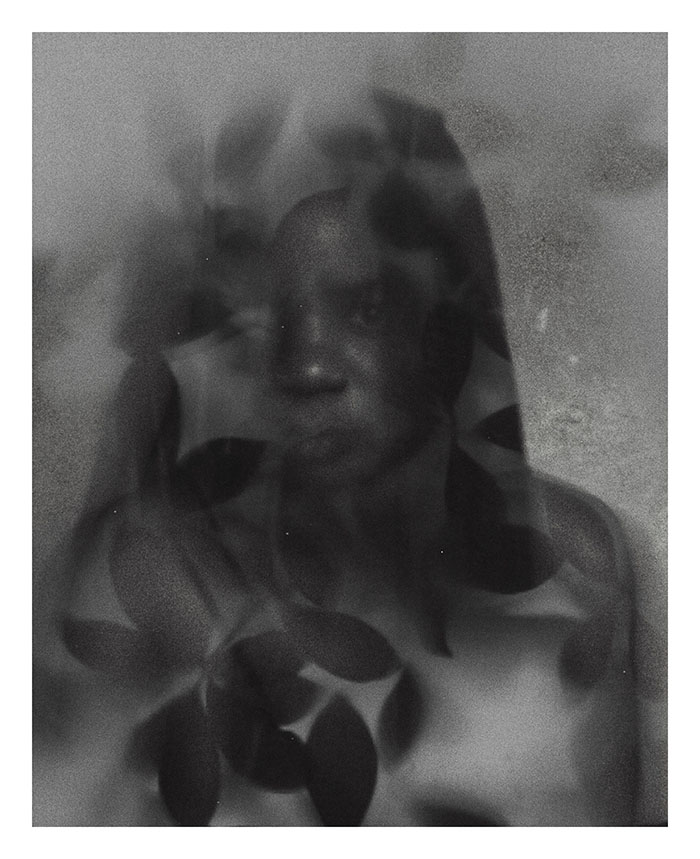
The works of Hazel Mphande and Katlisho Tleane rely heavenly on the role of photographic imagery and imaging, but they are using different approaches to help them produce a variety of experimental photographic works. Looking is about literally describing what is in front of you, while seeing is about applying meaning to it. When we see, we understand what is seen as symbols, and we start to interpret what is there in front of us. The works of Hazel and Katlisho are exploring current and crucial topics, such as the sense of belonging, the formation of identity and social roles, and shapes of existence. It might not be so obvious – the interpretation of these themes is more abstracted, removed from a simple, literal depiction.
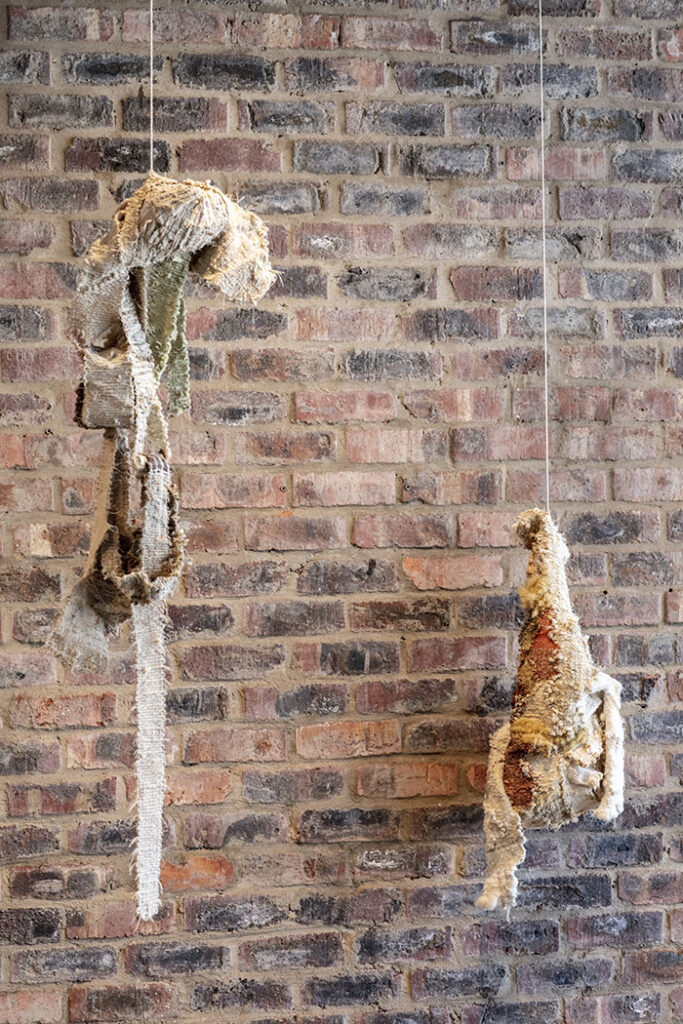
When you observe the works of Natalie de Morney and Nomfundo Mkhize, you can start to think about possible meanings, drawing together what you have gleaned from the other works, thinking creatively about the most plausible understandings of the work. The key here is context. Who is the artist, when were they born? When and where was the work made? What does the title of a work tell you? Contemporary artists respond to the world they are immersed in every day, so the ‘when’ and ‘where’ will give you clues to what was happening when the works were made,” says
.An exhibition catalogue is available on request from the gallery and it will give you more background information. Enjoy what you see!
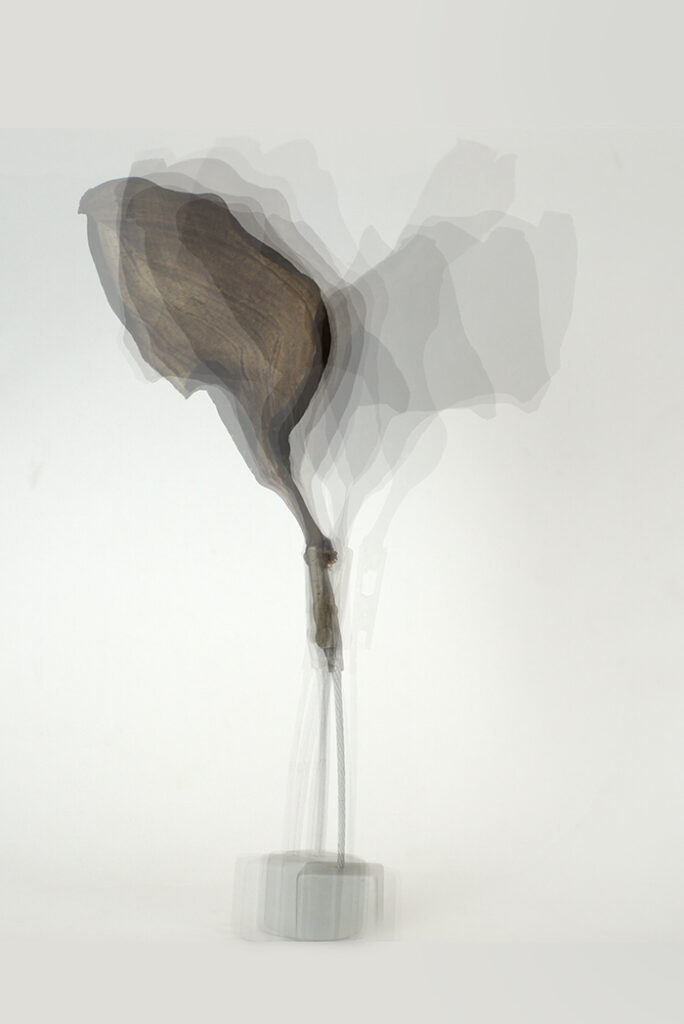
.Do you see what I see: Things aren’t always as they seem, November 6-Devcember 5, 2021 is the second iteration of the Vanguard series of Berman Contemporary, which launched Last year.










